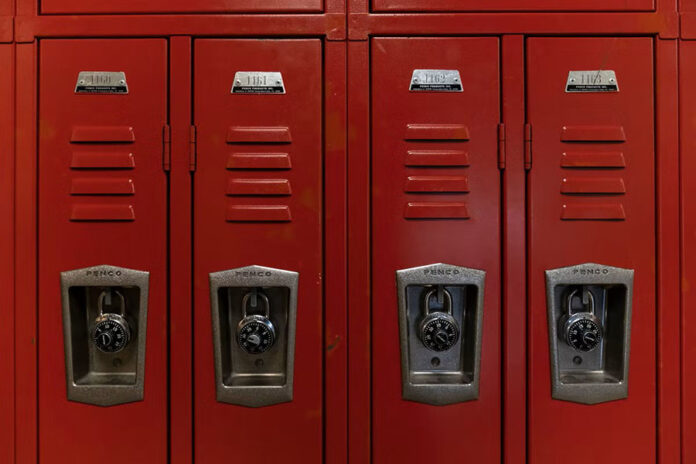
EDITORS/NEWS DIRECTORS:
New data on student test scores from a dozen states has been incorporated into an analysis of learning setbacks tied to the COVID-19 pandemic.
The data was released Thursday by researchers at Harvard and Stanford universities as an update to their Education Recovery Scorecard, which now examines learning loss in math and reading across school districts in a total of 41 states. The research offers the most comprehensive look so far at pandemic learning loss.
The initial analysis on the effects of the pandemic was released in October, based on test scores released by “the nation’s report card” as well as results from state-run standardized tests. It became possible to include the additional 12 states after they released results from their own standardized tests.
According to the analysis, the average public school student in grades 3-8 fell behind by half a year of learning in math and a quarter of a year in reading. In some districts, average students lost nearly two years of learning in math.
___
FIND AP’S COVERAGE HERE:
Massive learning setbacks show COVID’s sweeping toll on kids
‘Too much to learn’: Schools race to catch up kids’ reading
An end to the reading wars? More US schools embrace phonics
___
ADD LOCAL CONTEXT
The data allows for exploration of performance in thousands of school districts. You can make apples-to-apples comparisons across school systems, within states and across state borders. The data also includes factors such as area income levels and the amount of time students spent in remote learning.
The education researchers behind this analysis, sociologist Sean Reardon of Stanford and economist Thomas Kane of Harvard, created a map showing how many years of learning the average student in each district has lost since 2019. Their work converts state test scores from 2019 and 2022 into a common metric known as a grade-level equivalent.
To estimate how learning levels had changed since the pandemic hit, the researchers compared how scores in each district measured against national averages in 2019 and then again in 2022. If a district in 2019 was one grade level below the 2019 U.S. average in reading, and then in 2022 it was two grade levels below the 2022 U.S. average in reading, it is considered to have lost the equivalent of one year of reading.
The research is viewable on an interactive data map posted to the Education Recovery Scorecard, which is available here: https://educationrecoveryscorecard.org/
The 12 new states included in the analysis are:
Idaho
Illinois
Indiana
Maryland
Missouri
Nebraska
New Jersey
Nevada
Ohio
Pennsylvania
Rhode Island
Utah
TAKING YOUR REPORTING FURTHER
In their analysis, Kane and Reardon offer insights on how community strains and school closures contributed to learning loss. They found that test scores declined more in places where the COVID death rate was high and adults reported feeling more depression and anxiety. Ultimately, they said, where children lived during the public health crisis “mattered more to their academic progress than their family background, income or internet access.”
What kinds of interventions have schools used in your district? Have they worked? Press districts to show you the data. Most districts monitor student progress throughout the year and can provide test scores. If it’s working, is it enough? Will they continue it? Do they have enough funding for it? If it’s not working, why not? What will they do differently? Why do they think that would work?
If they’re providing tutoring, ask districts how many students receive it and whether it happens during the school day and who’s doing the tutoring. If it’s before or after school, ask how they’re getting families to take advantage of it. Do they provide transportation home?
School is ending soon, so ask how the district plans to use the summer months to help students catch up. How are they enticing students to sign up? How many students attended last summer and how many more are they hoping to draw this year?
Localize It is an occasional feature produced by The Associated Press for its customers’ use. Questions can be directed to Katie Oyan at koyan@ap.org.


















